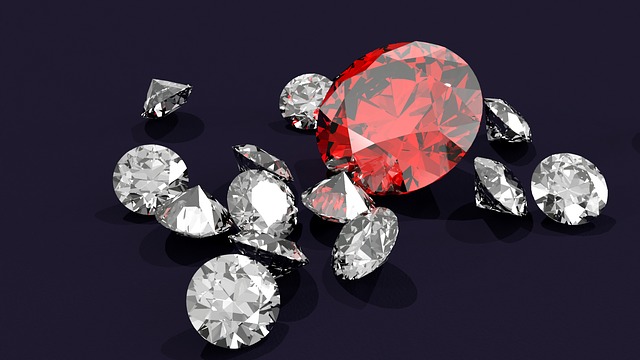The idea of mining asteroids has been around for over one hundred years. In the late 1800s, this idea first came about, and today it is not just an idea, but a reality. There are currently four different private asteroid mining companies that are actively pursuing this new endeavor, such as Planetary Resources and Deep Space Industries.
All the different types of minerals and metals needed to make electronics such as platinum and gold is quite scarce on Earth. Space, however, is rich in these metals. Platinum is a fantastic conductor, yet it is rare on Earth but very plentiful in space. A typical 100-foot asteroid could contain as much as 50$ billion worth of platinum. Asteroid 433 Eros contains about $3 trillion dollars worth of gold. This amount of gold could devalue the entire market, but one thing is for sure, it will definitely have an economic impact.
Twenty years ago, Shell discovered the first North Sea oil deposit located underneath 5,000 feet of water and 10,000 feet of rock. Shell took a very costly risk to extract the oil using robotics, in a very hostile and distant area. This same technique can be applied to mining asteroids. The technology for mining already exists. There have already been three missions, two from NASA and one from Japan, that used probes to reach asteroids and collect dust from their surface. This is the first step to mining asteroids. Besides the scientific value, these explorations are on the brink of launching an entirely new industry.
There are nearly 10,000 asteroids near Earth that have mineral mining potential. With the need for electronics such as smartphones, computers, and other technologies increasing, the global demand for minerals such as copper, gold and platinum is also increasing. The lure of asteroid mining is powerful. Congress has already passed a bill, the Asteroid Act, that will allow those that mine asteroids to claim their resources as private property.

